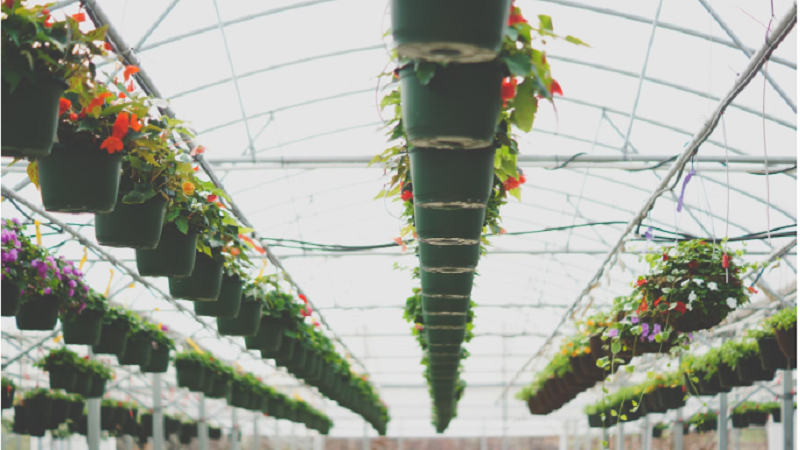In Florida, the average yearly rainfall can reach 73.4 inches. But during harsher storms, not only can the rainfall reach high, but it can also build up over time, seep through the cracks on your roof, and slowly inflict damage on your building. This can lead to rotting, with mold and mildew growth on your walls.
Want to protect your home? We’ve organized a list of simple tips to help you keep your roof safe, cozy, and dry!
Identify Early Damaged Parts
One of the blind spots we tend to have as homeowners and residents is to ensure that our residence is thoroughly checked and gets a proper inspection. It’s important. The rationale for this is that if you detect problems early, it’s easier to prevent them from becoming bigger issues in the future. Some common problems include algae growth, mold, and terrible smells.
Remove Dead Leaves
Did you know? If you ever leave dead branches, twigs, and debris on your roof, they’re a cause for possible future issues. Fallen limbs and debris can also negatively impact your roof; this means bigger exposure to turbulent water and possible damage if they fall from extreme weather conditions.
When unattended on your roof, these can produce a dam; their presence causes rain to collect on the roof instead of the gutter.
If you remove the buildup of dead leaves or branches, you can protect your roof from the water buildup and extra weight! You can also trim the trees nearby.
Consider Your Waterproofing Materials
Roofs can lessen the lifespan of a building and cause discomfort to people who live within them. When they’re not well-protected, they need imminent attention. That attention means they need to be remedied with the best waterproofing materials.
When looking at the best waterproofing materials, you need to be discerning about the materials used.
- Waterproofing membranes: They appear as bitumen-based membranes. One good example is Polyurethane waterproofing; it’s known to be a trusted and durable solution for waterproofing and protection against moist in structures.
- Plating and roof tiles: They can also be used as roof water insulation materials and used for waterproofing.
Other factors you need to consider are:
- Climatic conditions of the area: You need to adjust to the climatic conditions. If it’s rainy, you may need to invest in sturdy waterproofing materials.
- Area of the building: Is the area surrounded by trees? Or is it open and exposed?
Temperature Regulation
Aside from choosing well your waterproofing material, you may also benefit from ensuring the interiors of your home has sufficient insulation, especially in the attic area. By ensuring your interiors are insulated well, you can prevent intense temperature fluctuations. These are known to damage and distort roof structure.
Hire A Professional
It’s a good idea to check what’s happened and the damages by yourself. However, if you want to feel better peace of mind and want someone who knows what they’re doing alongside you, your best bet is to hire a professional! They can help you with waterproofing and give you helpful insights tailored to your problems.
Wrapping Up
The roof is a crucial part of your residence. It literally keeps us dry and safe. However, there are many health and safety hazards associated with the roof. With these tricks, we can help you keep yourself safe better! Stay warm and safe!
